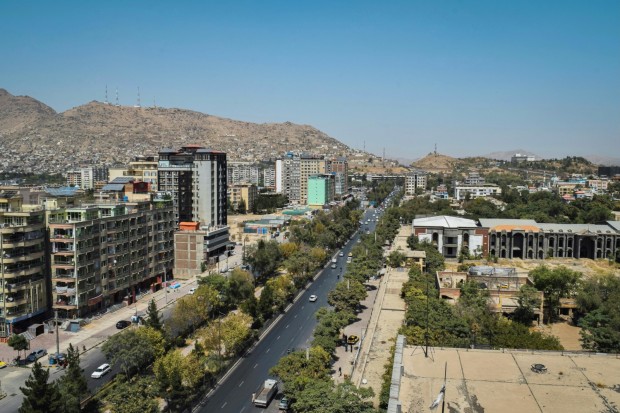Taiwan's stringent building codes and advanced seismic preparedness measures significantly minimized the impact of the 7.4 magnitude earthquake, resulting in a relatively low death toll and limited structural damage. Through comprehensive building standards and ongoing reinforcement efforts, Taiwan prioritizes safety and resilience amid seismic events.

(Photo : Pexels/ Qasim Mirzaie )
Taiwan's Earthquake Preparation
According to Stephen Gao, a seismologist and professor at Missouri University of Science and Technology, Taiwan's earthquake preparation is among the world's most advanced. The island has established extremely stringent building codes, a world-class seismological network, and broad public education programs on earthquake safety.
As mentioned, after a 7.7-magnitude earthquake in September 1999 that killed 2,400 people and destroyed over 50,000 buildings on the island, the government took action, which is attributed to bringing about this state of preparation.
Moreover, the corporate and political settings that exist within Taiwan are another component that contributes to this situation. The most current death toll in Taiwan is only nine people and 1000 injuries, although the country has seen the damage to around 100 structures, 15 of which have been lost and another 67 of which have been damaged.
The earthquake left more than 600 people stuck in a quarry or mountain gorges nearby, and tsunami warnings were sent to nations close to the area. Hualien County in Taiwan witnessed the most significant damage, which included the destruction of structures and the occurrence of landslides. It is anticipated that aftershocks will continue to impact the region until the end of the week, with some of them reaching a magnitude higher than seven.
Taipei, which contains the highest building in the nation, was also shaken by the earthquake. Nevertheless, both the structure and the occupants of its 101 stories remained undamaged. Taipei 101 is home to a massive yellow pendulum, a 730-ton steel ball that swings back and forth in response to seismic activity, allowing the ball to absorb up to forty percent of the generated shock.
Also Read: Experts Dispute AI's Effectiveness in Addressing Common Construction Challenges
Strict Building Code in Taiwan
Every earthquake Taiwan has experienced has provided another opportunity for education. In the aftermath of a devastating earthquake in 2016, engineers discovered that a high-rise structure that had fallen apart had utilized flawed designs that promoted large, open lobbies. These designs resulted in weak bases, which contributed to the increased number of fatalities and collapses that occurred among the structures.
Accordingly, implementing building codes is an essential component of the overall effort to enhance Taiwan's preparedness capacity. Since the new standards two years ago, owners of vulnerable buildings have been required to install structural reinforcements to increase safety, even for illegal changes and constructions, until a more permanent solution can be implemented. In addition, the government provides financial assistance to assess the resilience of buildings, and it imposes stringent standards on both newly constructed and existing buildings. These measures all contribute to the promotion of resilience and the safeguarding of life.
On the other hand, the destructive effects on the Asian island appear to have been considerably less severe than those experienced in Syria and Turkey in February 2023, Morocco in September 2023, or the earthquake that struck in February 2023. According to experts, careless construction practices and legislative resistance in Turkey to adopting contemporary standards have significantly contributed to the vulnerability of the built environment during natural disasters.
Related Article: Buildings and Roads Damaged as Devastating 7.4 Magnitude Earthquake Hits Taiwan







